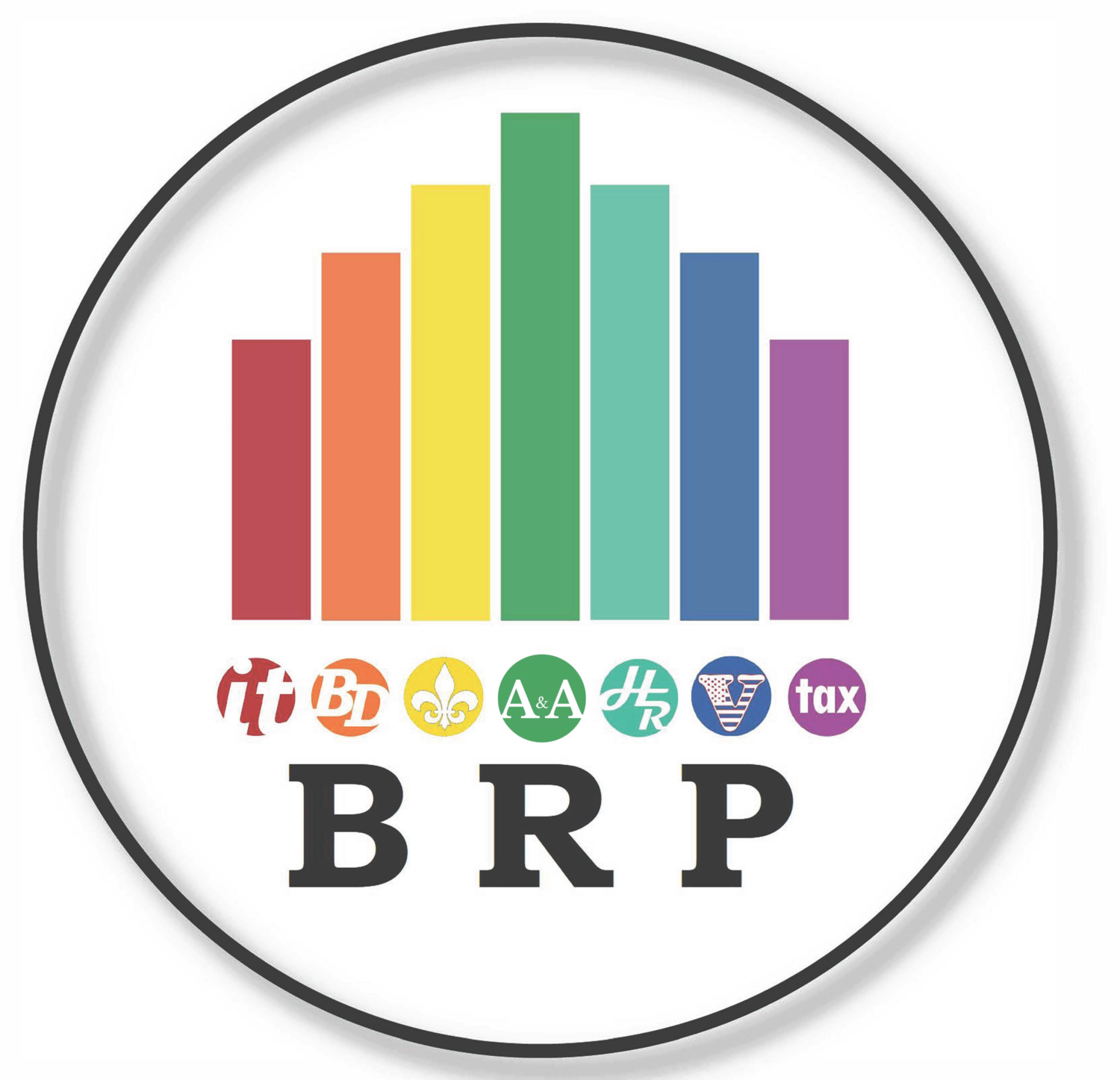Let’s Compare
So here is a look at what these two products share, and how they are different. This isn’t a comprehensive list of every feature at this time – the products are a moving target, and it is a complicated process to build these lists – but it is a start.The basis for my information is a list compiled by Woody Adams of Radio Free QuickBooks (I think he works for Intuit on the side…). Look for the RFQ_QBMatrix link on the tips page. Woody has given me permission to draw on this info for this article. He updates the document periodically, so you might want to check there every once in awhile. I’m going to take his list and organize it in a different way.
Before we jump in, here are a few points I’d like to make:
- When I refer to QuickBooks Desktop I’m just talking about the Windows version, not the Mac version.
- In all cases I’m referring to the US versions of the products.
- Both products have a number of add-on options available from third party vendors. I’m not including the features found in those. Note that at this time QuickBooks Desktop has more add-on products than QuickBooks Online, but that is changing rapidly.
- I’m not including features that are found in the optional Advanced Inventory feature for QuickBooks Enterprise. I consider this to be the same as an add-on product, since it is only available for a significant additional fee.
- To try to keep this simple, I’m not going to get into all the variations that we see with QuickBooks. I’ll ignore, to a degree, QuickBooks Desktop Pro and QuickBooks Online Simple Start. I’m not getting into the differences between the various “Editions” of Premier (or Enterprise). The matrix can be really complicated, with some features found in Enterprise but not Premier, or found only in Accountant (which is Premier level) but in all Enterprise versions, and so forth. I’m trying to simplify things a bit.
Features That Are Common To All
Let’s start with some easy stuff. Here are features that you will find in both QuickBooks Desktop and QuickBooks Online, although many times the specific implementations may differ.
- Accept credit card payments from customers
- Audit trail to track changes to transactions and lists – Note that QB Online has an activity log that also tracks user login/out
- Bank reconciliation
- Company Snapshot
- Custom fields – varies on the number, and how you can use them, so you have to look at the specifics
- Express setup of QB company file
- Multi user access (different limits to the number)
- Multiple windows
- Online banking
- Payroll (additional fees may be required)
- Print Bills
- Recurring Billing / Memorized Transactions
- Zoom into details from reports
- Document management – is much more limited in Online
- Budgets (not in QB Online Essentials)
- Class Tracking (not in QB Online Essentials)
- Create Estimates (not in QB Online Essentials)
- Prepare and print 1096, 1099 (not in QB Online Essentials)
- Job costing – although this is quite limited in QB Online
- Purchase Orders (not in QB Online Essentials)
- Invoices
- Time tracking and billing by customer (not in QB Online Essentials)
- Reversing journal entries
- Memorized reports
Features Found in QuickBooks Desktop but not in QuickBooks Online
OK, so the QuickBooks Desktop product has been around longer, and in the past it has gotten a lot more attention from the developers. Sometimes I think of the differences between Microsoft Word (which has EVERYTHING but you might not use it all) and Google Docs (simpler, has the basics, but not all the extra stuff). Do you need all these things? If not, QuickBooks Online is an option. If you need them, however, you either need QuickBooks Desktop, or you need to find an add-on to QuickBooks Online.
